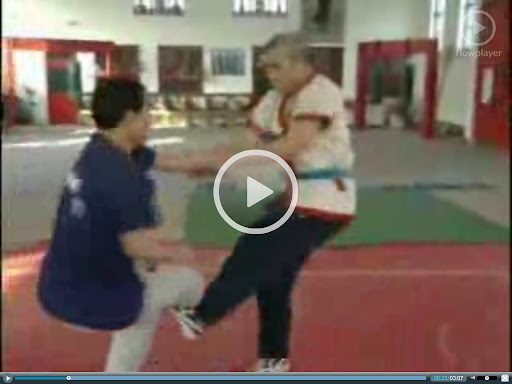Chris McKinley wrote:The idea of absolute precision being based on a very delicate threshold for strength or weakness does not hold up to common sense scrutiny. If:
A) 'The precision threshold for acceptable structural strength is so narrow that an inch either direction compromise's the structure's integrity and renders it insufficient for combat purposes', and since we already know that the following is independently true...
B) 'The nature of real combat is so complex and chaotic that it proscribes any possible chance of being able to 1) recognize the exact opportunity to apply a given precise structure, 2) recognize such opportunity in time to actually apply such structure, nevermind 3) be able to configure oneself with the same structural precision as such posture requires', then....
C) The notion that 'the art of Taijiquan is such that each posture is intended to be used flexibly in a variety of possible tactical applications' is not logically possible, since to deviate even an inch from the precise choreography would represent an unacceptable level of structural compromise, therefore......
Either A or C is true. Both cannot be true simultaneously. Further, if A is true, then due to B being independently and unquestionably true, it must be true that the art of Taijiquan is completely useless for any realistic combat whatsoever. Since we operate out of the assumption that such a condition for the art of Taijiquan (being useless for real combat) is not the case, the evidence strongly favors that C is true instead of A, since we know that if C is true, the art of Taijiquan can still be viable for real combat situations even with B being true.
I think the interview with WXZ in the other thread touches on this- taijiquan is actually just 8 (methods/energies/powers/capabilities) + 5 directions = 13.
Baguazhang is also 8 (ba neng) x the 5 mechanics (moving with, against, containing, straight, and rising). Understand these and you cover all possibilities.
.



